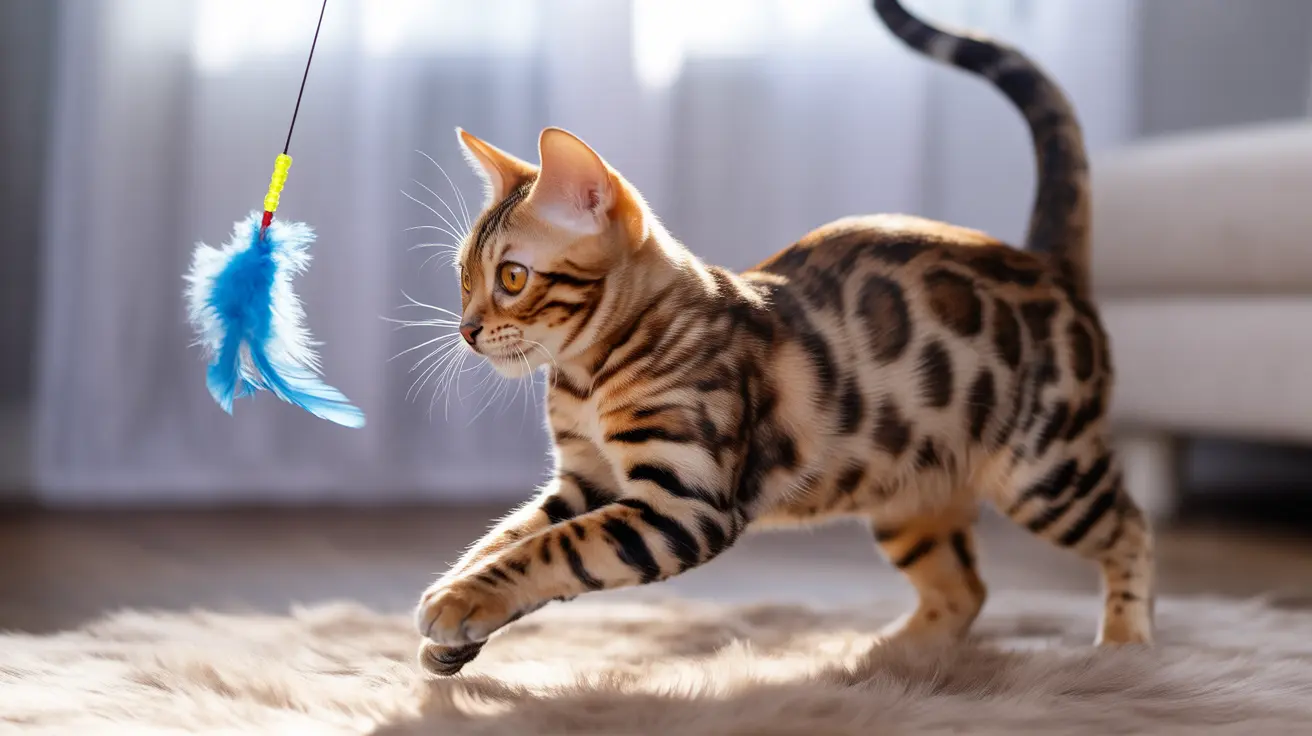Finding your cat unresponsive but still breathing is a terrifying experience that requires immediate veterinary attention. This critical situation could signal various life-threatening conditions, from severe respiratory distress to heart disease, and every minute counts in ensuring your pet's survival.
Understanding the signs, causes, and necessary immediate actions can make the difference between life and death for your beloved feline companion. Let's explore what you need to know about this serious emergency and the steps you should take to protect your cat.
Signs Your Cat Is Experiencing a Medical Emergency
When a cat becomes unresponsive while breathing, several critical signs may be present:
- Lack of reaction to touch, sound, or movement
- Visible breathing but inability to wake or move
- Pale, blue, or gray gums
- Shallow or labored breathing
- Unusual posture with extended neck
- Open-mouth breathing
- Complete limpness despite respiratory effort
Common Causes of Cat Unresponsiveness
Respiratory Issues
Respiratory problems often lead to unconsciousness while breathing continues. These may include:
- Severe asthma attacks
- Pneumonia
- Pleural effusion
- Upper respiratory infections
Cardiovascular Problems
Heart-related issues can cause sudden collapse while maintaining respiratory function:
- Hypertrophic cardiomyopathy
- Congestive heart failure
- Blood clots
- Severe arrhythmias
Other Medical Emergencies
Several other conditions can result in this dangerous state:
- Toxin exposure
- Severe trauma
- Neurological events
- Extreme temperature exposure
- Systemic infections
Immediate Actions to Take
When you find your cat unresponsive but breathing, follow these critical steps:
- Check breathing rate and gum color
- Minimize handling and movement
- Call your emergency vet immediately
- Prepare for immediate transport
- Keep your cat warm and protected during transit
Professional Medical Response
At the veterinary clinic, your cat will likely receive:
- Immediate oxygen therapy
- Emergency stabilization
- Comprehensive physical examination
- Diagnostic testing including blood work and imaging
- Appropriate emergency interventions based on findings
Prevention and Future Protection
While emergencies can't always be prevented, these steps can help reduce risks:
- Schedule regular veterinary check-ups
- Monitor breathing patterns regularly
- Remove access to toxic substances
- Watch for early warning signs
- Maintain a safe indoor environment
Frequently Asked Questions
What are the most common causes of a cat being unresponsive but still breathing?
The most common causes include severe respiratory distress, heart disease, toxin exposure, trauma, and neurological events. Each requires immediate veterinary attention for the best chance of survival.
How can I quickly identify if my cat is in respiratory distress and what should I do?
Look for rapid or labored breathing, open-mouth breathing, blue or pale gums, and inability to move normally. Contact your emergency vet immediately and minimize stress while transporting your cat.
What are the key signs of a cat experiencing a medical emergency, such as unresponsiveness and labored breathing?
Key signs include lack of response to stimulation, abnormal breathing patterns, unusual gum color, complete limpness, and inability to stand or move while still breathing.
How can I safely transport an unresponsive cat to the vet, and what should I prepare?
Use a secure carrier lined with soft bedding, keep the cat warm, and drive carefully. Call ahead to alert the vet clinic and have someone accompany you if possible.
What steps should I take at home before rushing my unresponsive but breathing cat to the vet?
Check breathing and gum color, avoid force-feeding or giving medications, keep the cat warm, and proceed directly to the emergency vet. Don't waste time trying home remedies.
Remember, any instance of finding your cat unresponsive but breathing constitutes a severe emergency requiring immediate professional medical attention. Quick action and proper medical care are essential for giving your cat the best chance at recovery.






